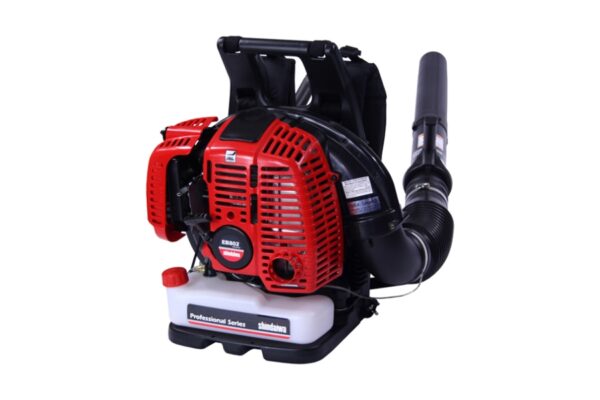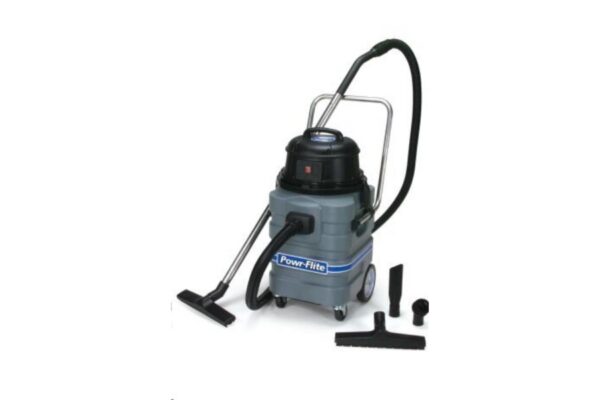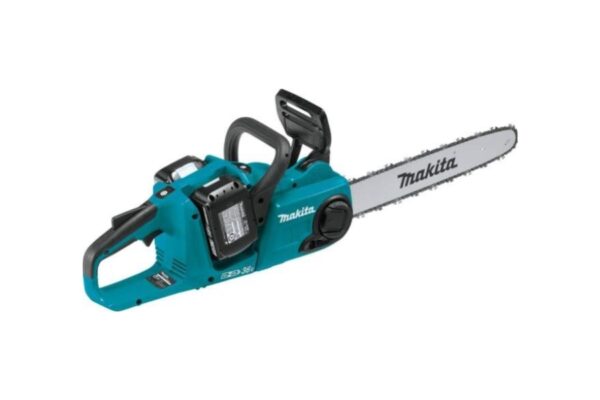Hurricane Equipment Rentals
From helping you prepare for an impending hurricane to cleaning up afterward – you can count on our massive selection of hurricane equipment for rent to keep you safe before, during, and after a storm. In our 25 years of serving the Cayman Islands, our equipment has seen it all. Our teams worked tirelessly to provide equipment to clean up the devastating impact of infamous Category 5 Hurricane Ivan and they continue to do so with each disruption our islands face from inclement weather. Stay storm-safe with these storm prep tips and tools.
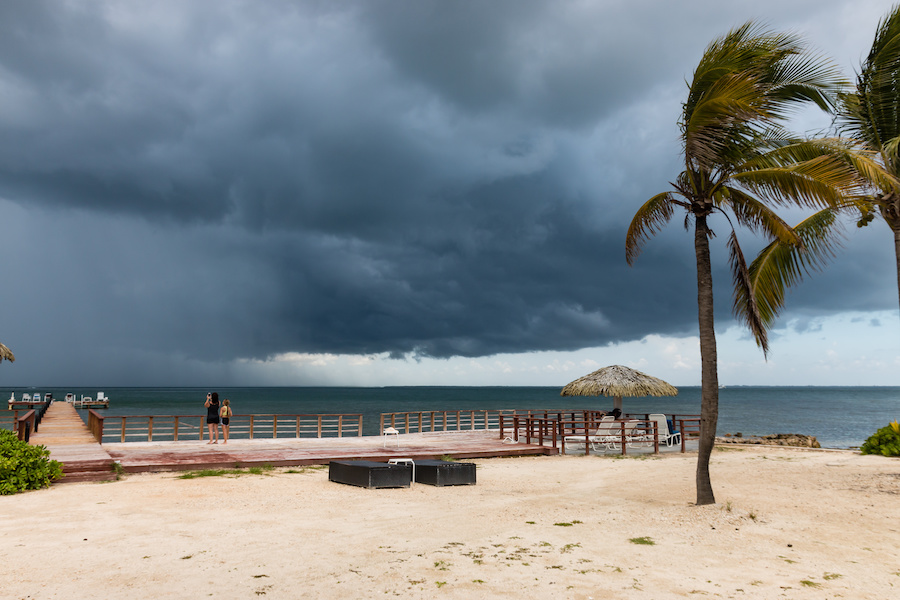
How to Prepare Your Home for a Hurricane
Preparing your home for a major storm is no easy feat but it’s always better to be safe than sorry. This is especially true with our islands being at sea level with extensive damage occurring during minor storms. Follow these tools and tips to keep you, your family, and pets safe during a storm.
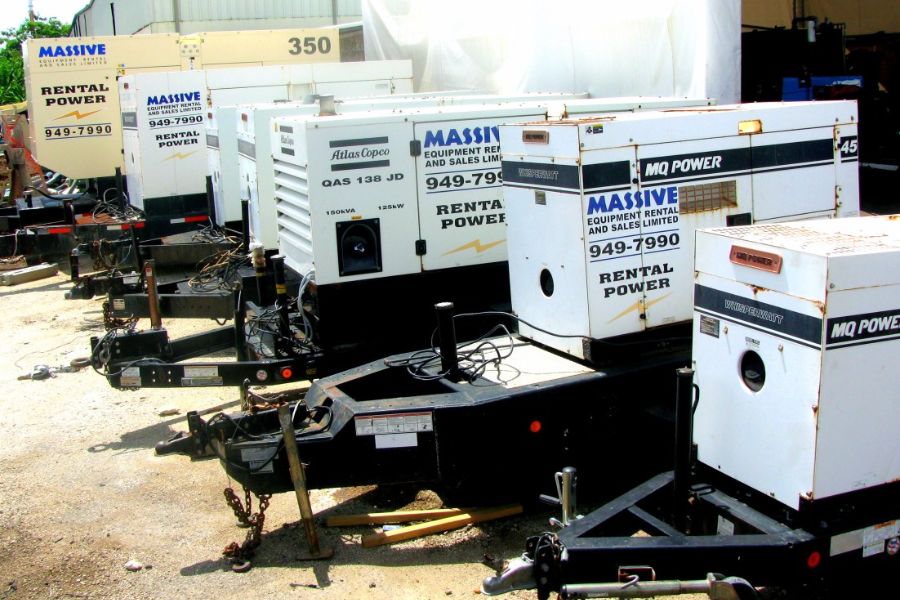
Generator Safety Tips
While generators provide a reliable power source during a storm, their safe operation requires careful adherence to guidelines. By placing generators in well-ventilated areas, following manufacturer instructions, and ensuring electrical care, you can safely power your home or business.
Rent Hurricane Equipment for Storm Prep
Need tools to prepare your home or office? We offer ladder rentals and power tools, such as nail guns, to help you board up. Plus, our variety of high and low-wattage generators for rent will help keep the power on. Cleaning up your yard in advance of a storm will help limit the amount of debris afterward so plan on keeping the shrubs, trees, and grass trimmed with lawn and garden rental equipment.
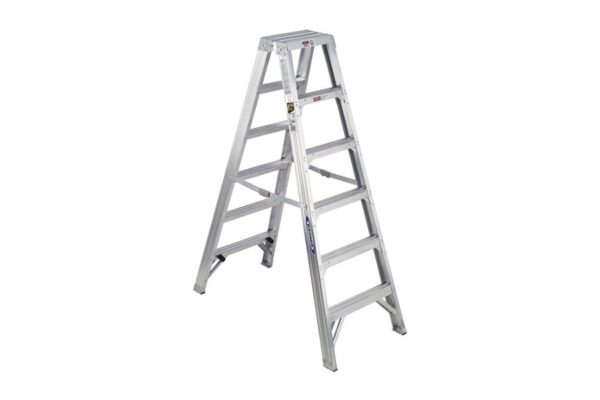
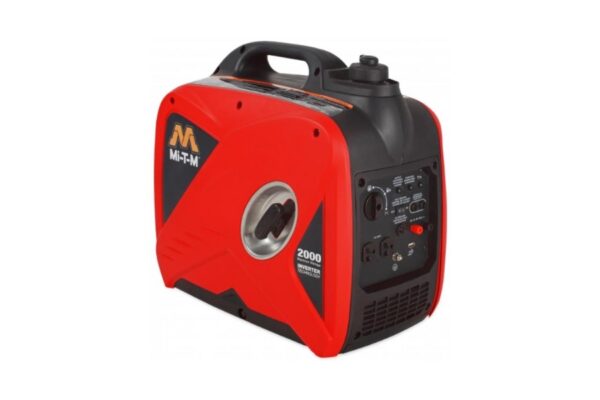
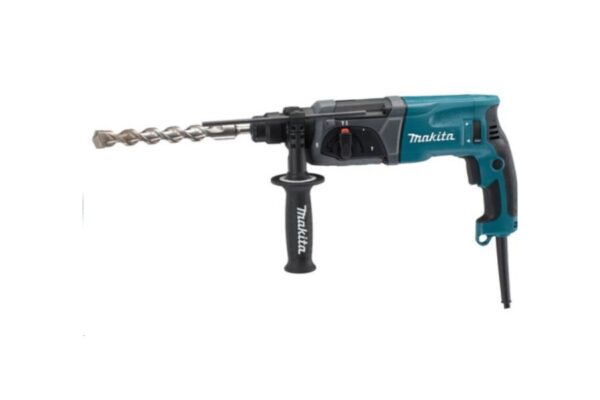
Rent Hurricane Equipment for Storm Recovery
Fallen trees and debris call for extensive use of yard tool rentals to clean up, including chainsaws, pressure washers, and blowers. Interior damage from water and wind often requires rental tools such as wet/dry vacuums, as well as generators to keep the power on. In the unfortunate event of major damage, we have heavy equipment and machine rentals to help clear and lift debris and repair damages.
